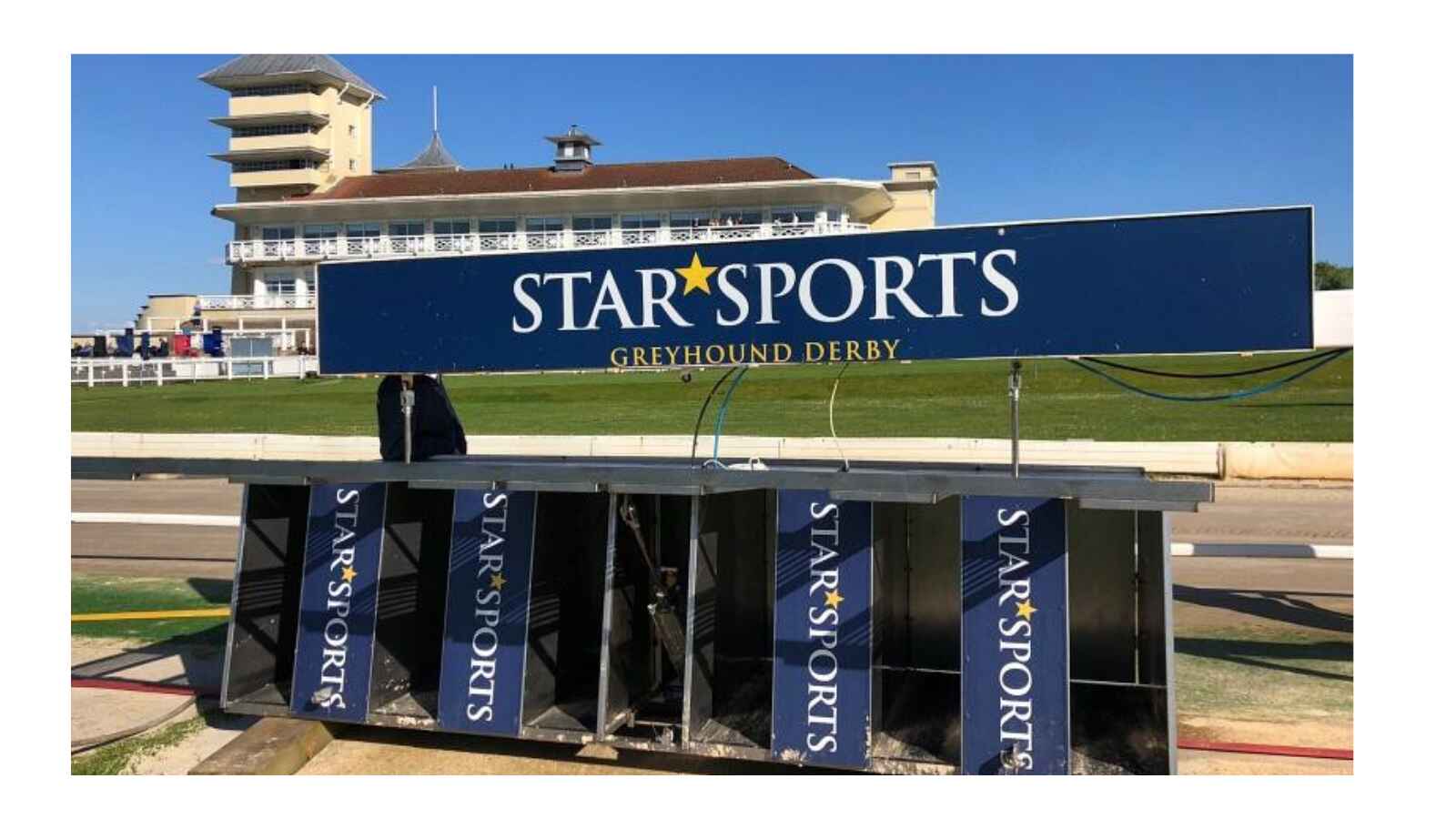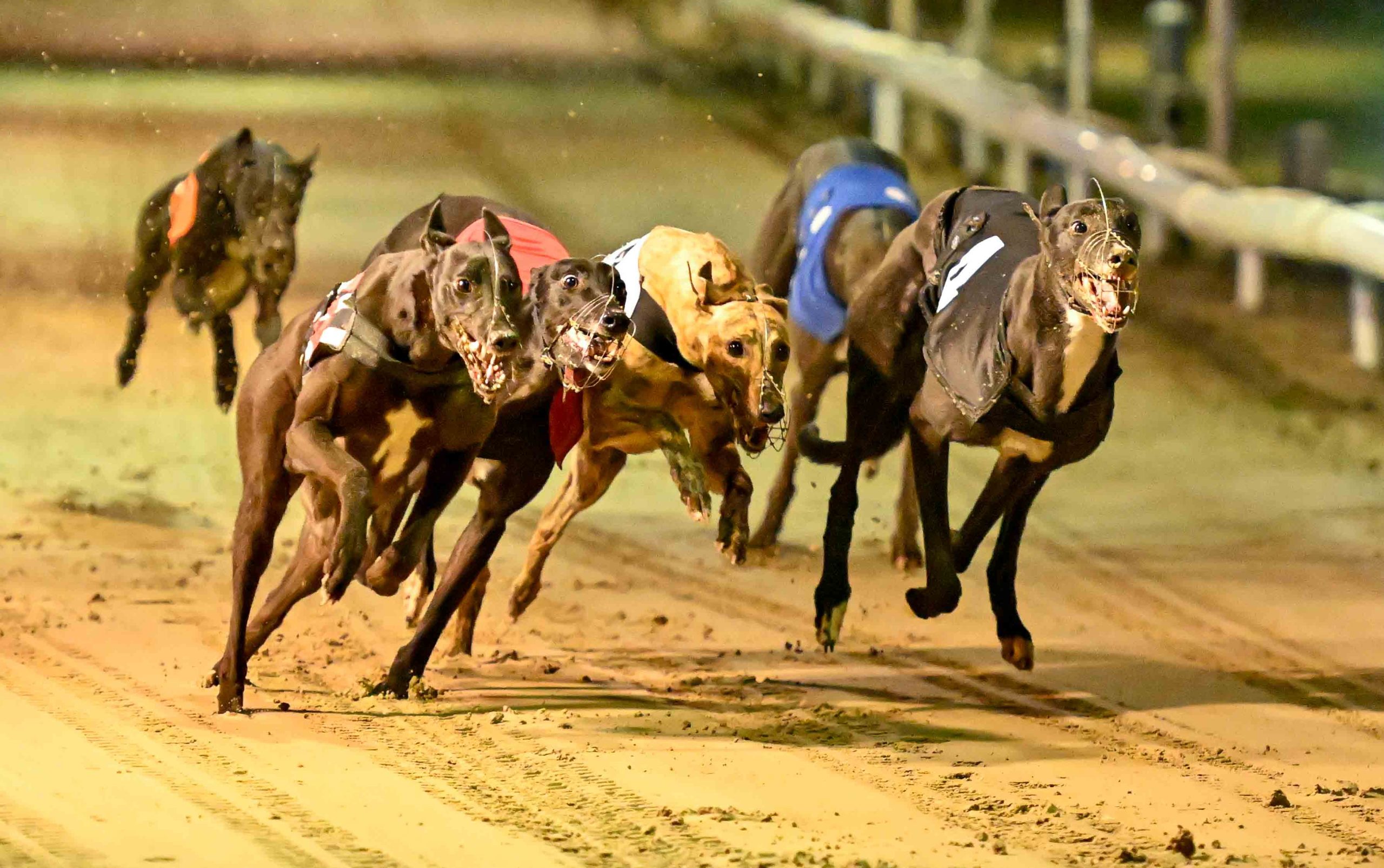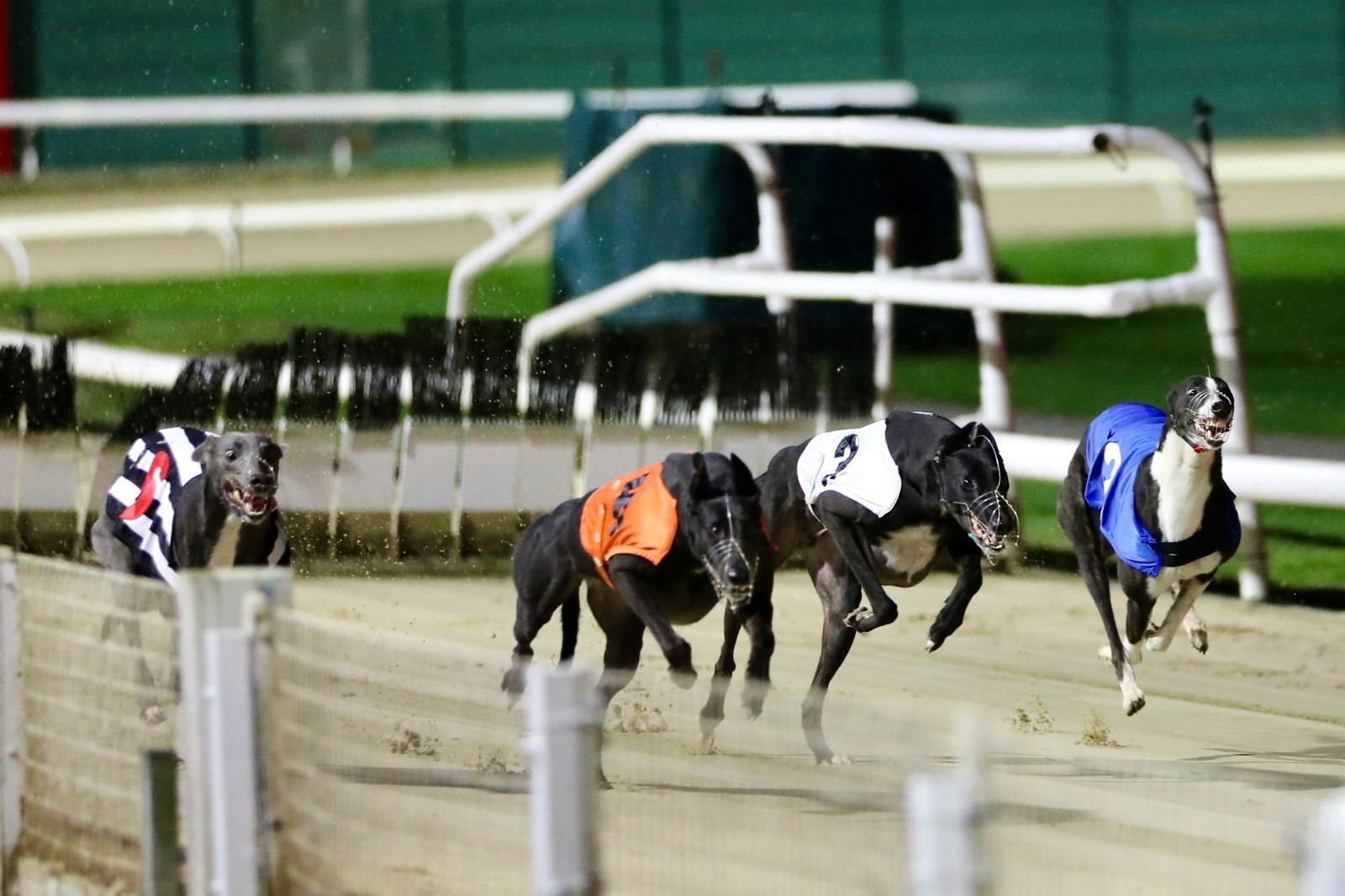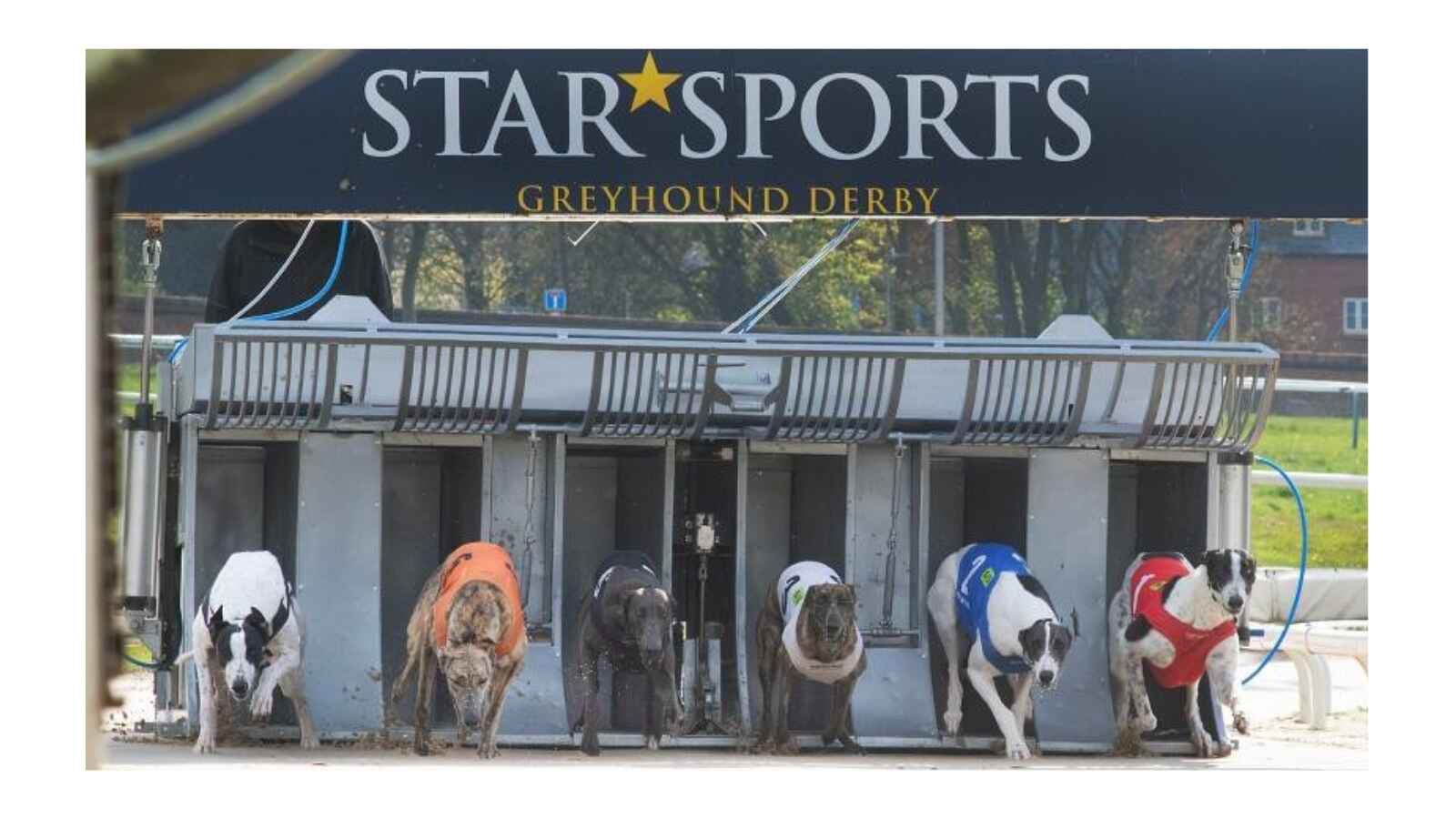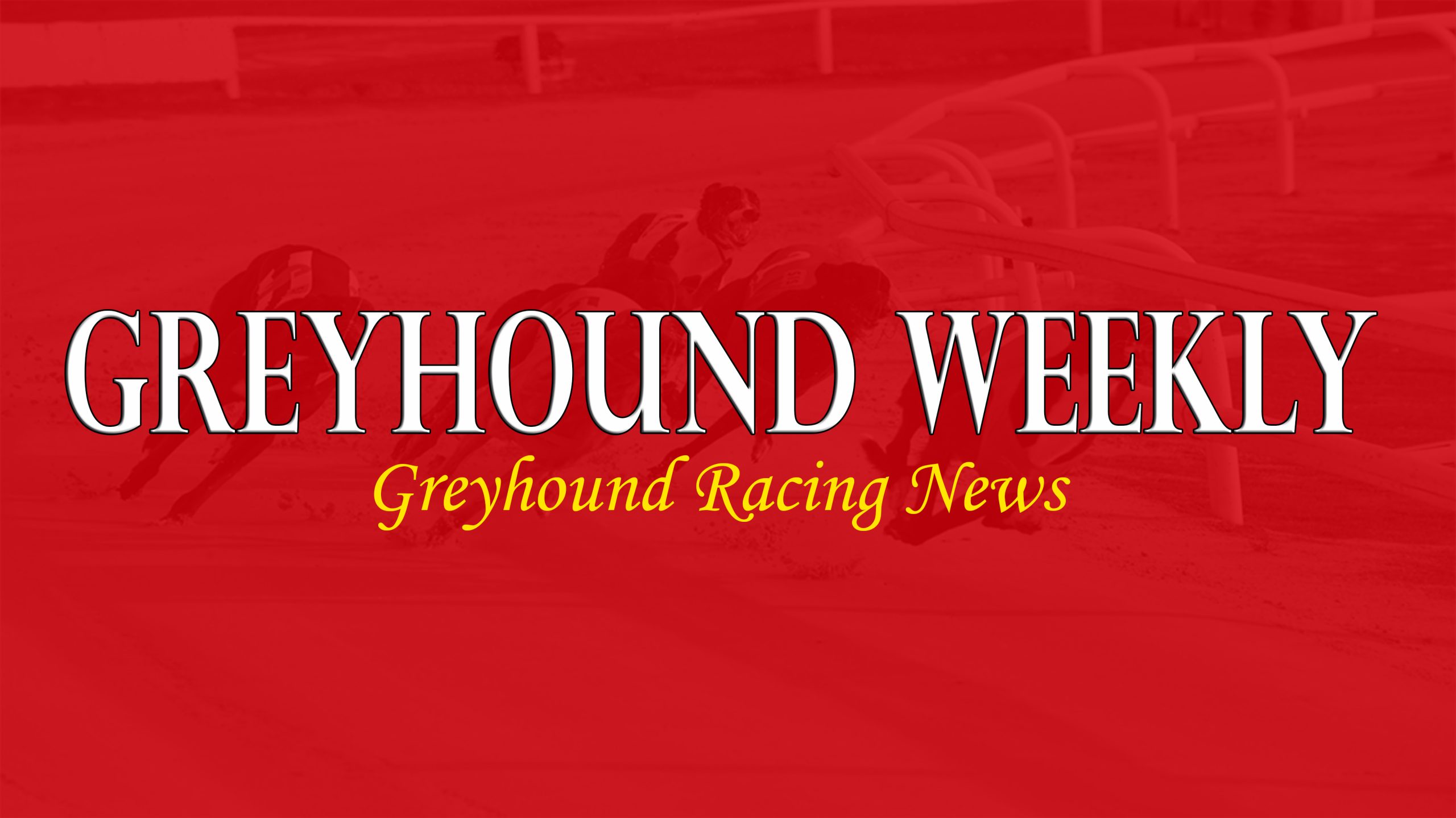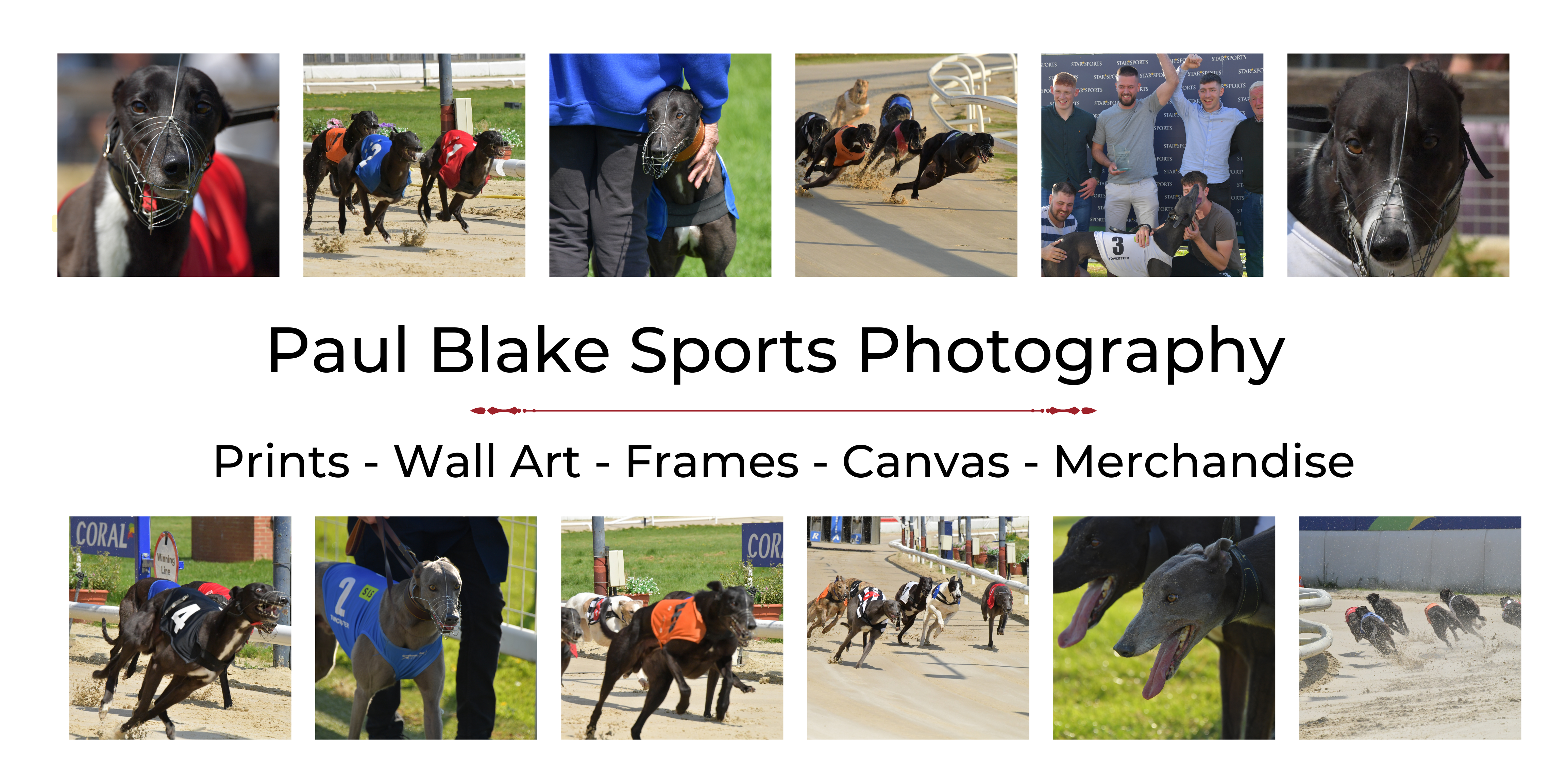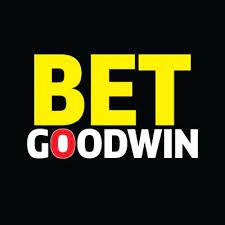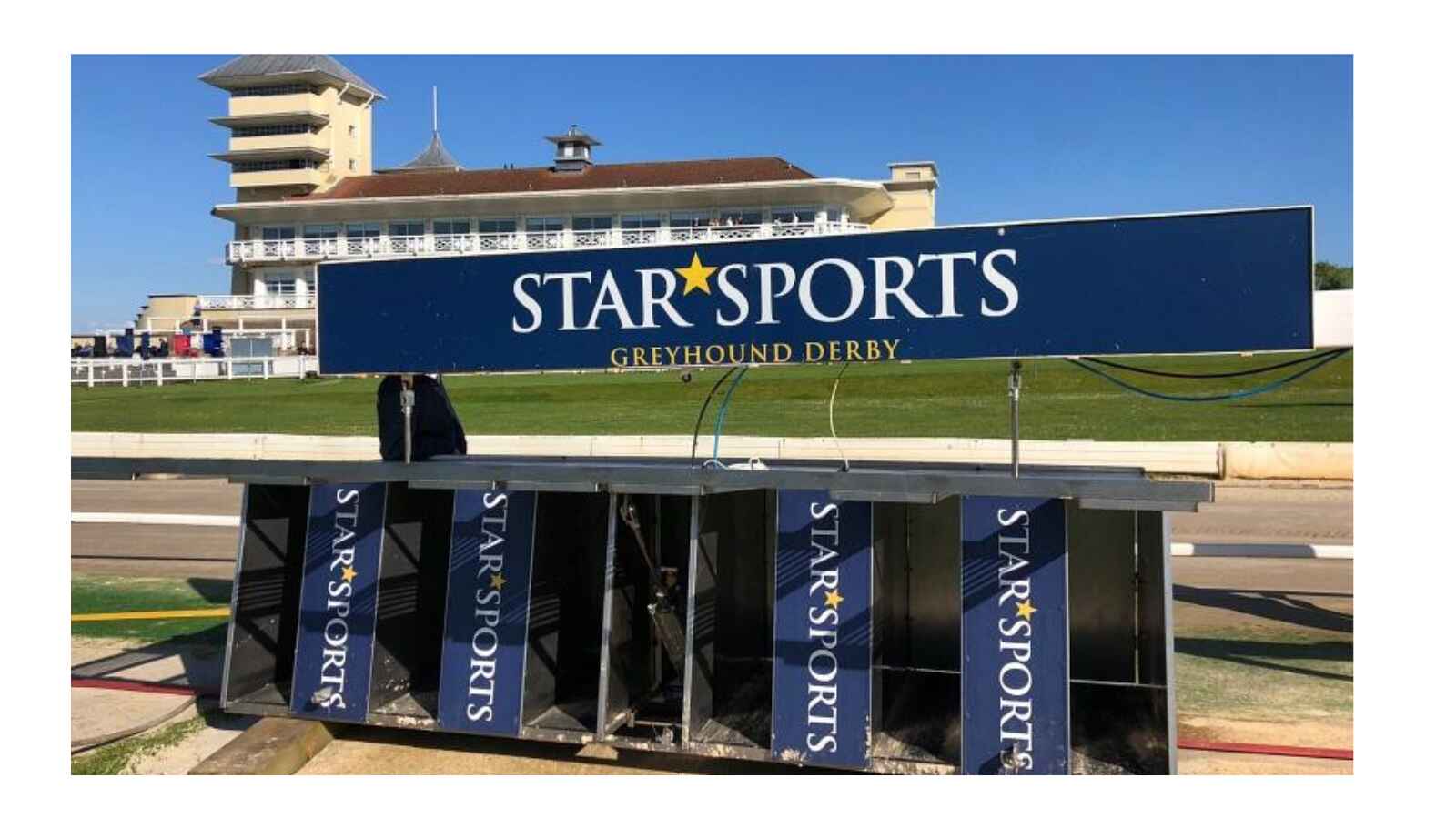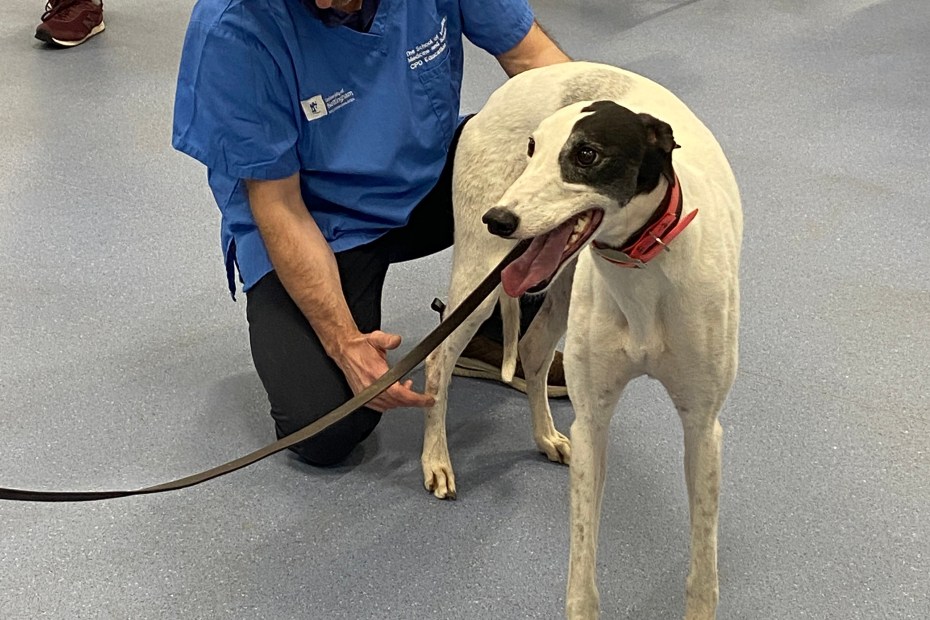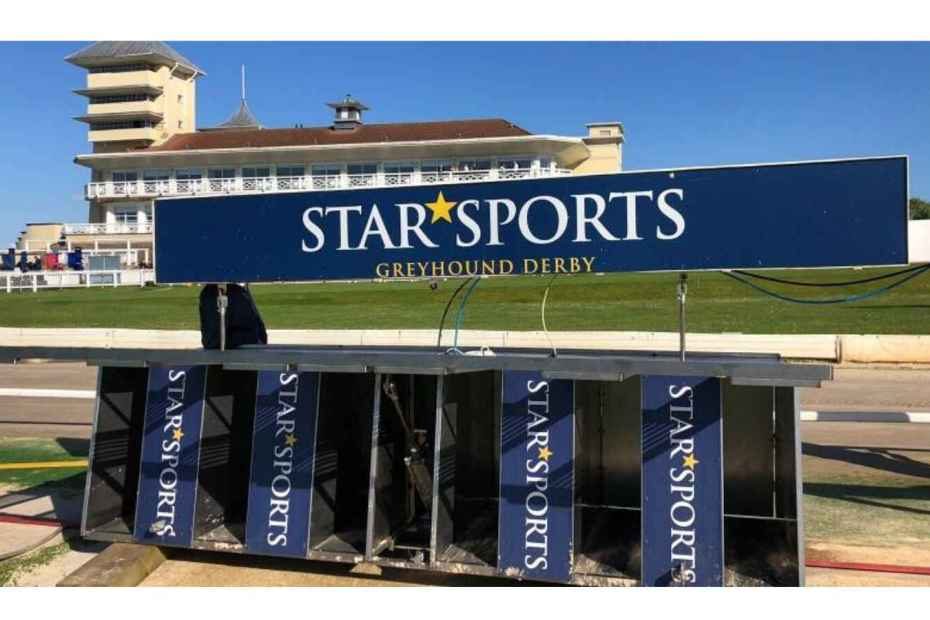Representatives of the working group formed following the publication of an open letter to the GBGB met with some members of the board yesterday, to discuss the implementation of a code of practice for tracks.
The aim of the code is to raise standards across the industry and to ensure that all visitors to tracks – whether they are customers, owners, staff, trainers or kennel hands – have a consistent experience in a professional environment.
The code will sit alongside the GBGB’s Code of Practice for trainers, ensuring that tracks are held to the same standards and level of scrutiny as trainers’ kennels (where appropriate).
It will cover four main areas – the track itself, consisting of the running surface and all the machinery involved in holding a meeting; kennels and paddocks; customer-facing areas; and staff training and appearance.
A draft version of the code was discussed by the working group and the board, and the board has agreed in principle to adopt it, subject to amendments and final board approval.??The working group was represented by trainers Phil Milner and Nathan Hunt, Coppice Racing owner Tony Brealey, kennel hand Callum Field-Mullins, syndicate manager George Sell and Greyhound Weekly editor Paul Blake.
The GBGB was represented by Jeremy Cooper (Chair), Mark Bird (CEO), Duncan Gibson (Senior Stipendiary Steward), Bill Glass (Promoter Director), Simon Franklin (Promoter Director), Peter Harnden (Trainers Rep, Director) and Ian Foster (Owners Rep, Director).
George Sell said: “One of the biggest frustrations of many stakeholders in the sport is the lack of consistency in standards across tracks. Some tracks do a lot of things very well, but some are consistently falling short in numerous areas. The code will provide a means to ensure the latter group learns from the former and adopts best practice across all elements of their operations. The image of the sport is at a low point and the lack of standards across some tracks is exacerbating that problem, at a time when professionalism and best practice are essential to counter the claims of the animal rights organisations who are vigorously campaigning against the sport.”
“I also think the code could help to boost attendance at tracks and, in the medium- to long-term, to increase betting turnover, which is vital to future investment in racing. I’m pleased the GBGB recognises the need for the code. We look forward as a group to working with the board to finalise the document, and to seeing it implemented,” he added.
Nathan Hunt said: “As a trainer, we are under a lot of pressure to make sure our standards are maintained, so I feel it is only fair for the tracks to follow a similar code. This should help to reduce the number of problems which have been occurring at tracks, which we have all been frustrated with. Raising standards can only be of benefit to the sport. I hope this is the first of many steps in the right direction.”??
Mark Bird, CEO of GBGB said:
“This was yet another encouraging meeting with the representatives of the Open Letter and I would like to thank them for their continued hard work and input into these sessions. As before, the discussion was positive but challenging and I believe we were able to make good progress on a number of important issues.
“GBGB is happy to commit, in principle, to a Code of Practice for Tracks and we discussed in detail what this could comprise. Elements of it are already covered in the Rules of Racing, or will be imminently but, under this Code, would be enforced more exactly. Other areas, which aren’t covered by our remit, are those which we believe, if encompassed in a Code of Practice, could and would become the norm for tracks across the country.
“Once again, there was a great deal of agreement in what is needed to drive standards and professionalism across the sport. We outlined areas of progress that are already underway in terms of track inspection, training and development and other initiatives which we will revisit as part of this initiative. The next updated version of the Rules of Racing due shortly will give clarity on some areas and will sit alongside the Code of Practice when it is completed and signed off by the GBGB Board.
